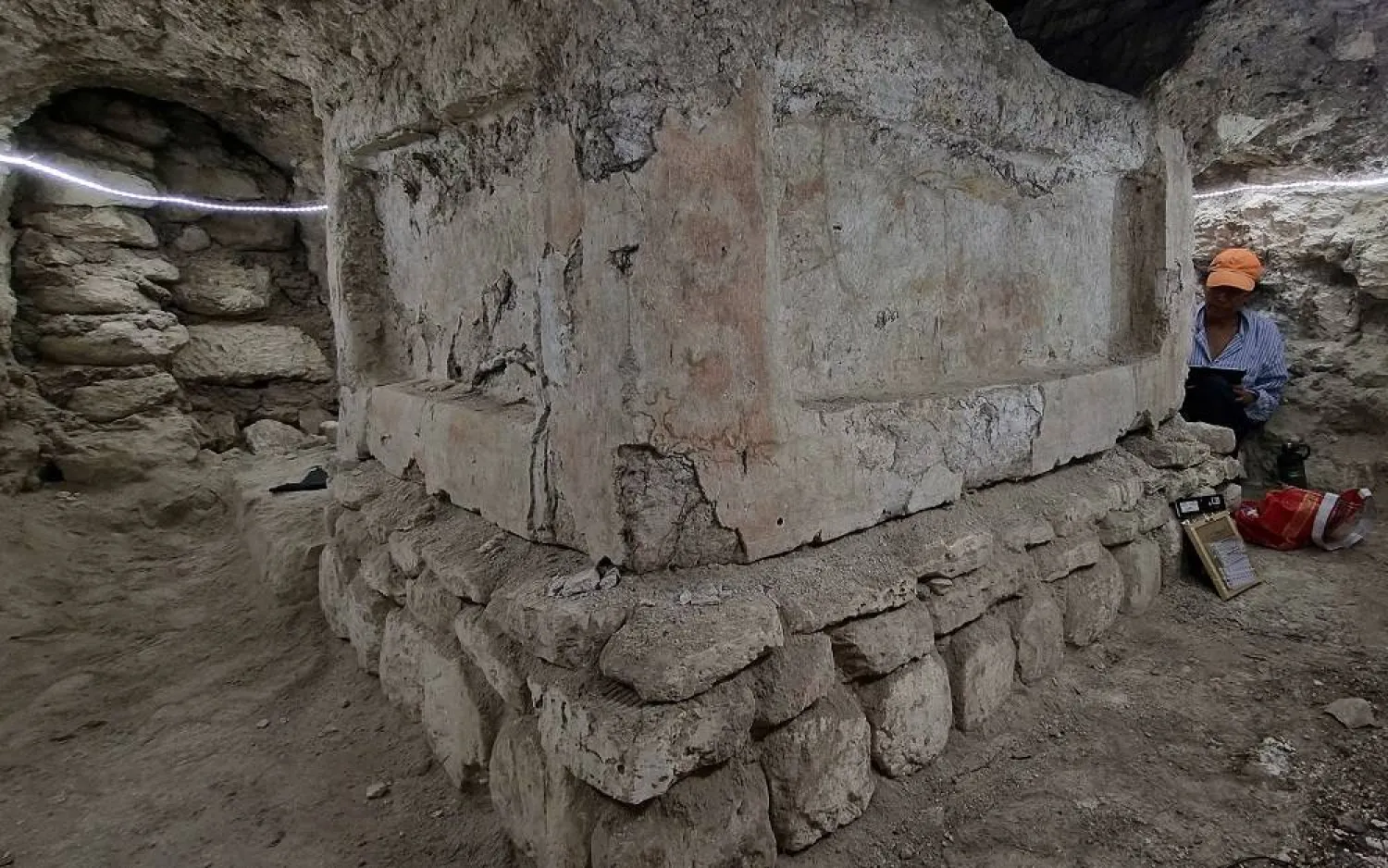The Board of Directors of the Qiddiya Investment Company (QIC) announced the launch of the Prince Mohammed bin Salman Stadium, an iconic multi-use venue set to further enhance Qiddiya’s philosophy of the Power of Play. Upon opening, it is anticipated to host some of Saudi Arabia’s biggest sports, entertainment, and cultural events, SPA reported.
Located in Qiddiya City atop the breathtaking 200m-high Tuwaiq cliff and just 40 minutes from Riyadh, this futuristic venue is anticipated to become a must-visit destination. It aims to draw visitors from across the globe and revolutionize the traditional stadium experience with its immersive design and unique technological features, putting spectators at the center of the show, according to a press release from the company.
Commenting on the launch, Managing Director of Qiddiya Investment Company Abdullah bin Nasser Aldawood said: “Our ambition is for Qiddiya City to become a global destination for entertainment, sports and culture and this iconic new stadium will be at its very heart. The futuristic venue aims to reinvent the traditional stadium concept and embody the true spirit of Qiddiya’s Power of Play philosophy. It uses state-of-the-art technology and innovative, world-leading design to put the spectator at the centre of the experience”. He added, “It will become a bucket-list destination for fans and enthusiasts across the world, hosting major events from across the world of sport and entertainment.”
Designed by leading global architectural firm Populous, the stadium, according to the release, is set to be the world’s first fully integrated venue with a combined retractable roof, pitch and LED wall – an architectural innovation offering unparalleled versatility and allowing the space to transform into different ‘event modes” in a matter of hours. This LED wall will be a portal to live event broadcasts, high-definition films and laser shows, offering guests a novel, immersive experience with each visit. When not activated, it will open to reveal breathtaking views of Qiddiya City.
Guests will be able to enjoy multiple spectacles in a single day, including football, boxing, esports, concerts, and theatre performances to name a few. The stadium will employ cutting-edge technology to provide fans with instant access to live data and information including the use of state-of-the-art holographic technology, enabling virtual interactions with celebrities and stars.
As a central venue in an urban entertainment district, this uniquely versatile space promises an extended play experience with direct and convenient access to Qiddiya City’s vibrant Gaming & Esport District as well as other city entertainment options. Integrated into the city fabric through a variety of transportation choices including park ’n ride and drop-off zones, the stadium is also within direct proximity to 50,000 square meters of shopping, dining and entertainment spaces as well as hotel options.
Once open, the 45-000 seat multi-functional stadium will serve as the home ground of Saudi Pro League football clubs Al-Hilal and Al-Nassr and is one of the proposed venues for the Kingdom’s 2034 FIFA World Cup bid. It is also poised to host some of the region’s biggest sports events including the Saudi King Cup, the Asian Cup and possibly the 2034 Asian Games.
The venue will be able to host events all year-round in its climate-controlled facilities, where energy consumption will be reduced through an eco-friendly cooling lake built directly under the stadium. The lake will use rainwater capture from the stadium and the surrounding area to pre-cool the air conditioning system.
There will be an estimated 7.6 million annual visits to the stadium, playing a key role in Vision 2030’s targets for a vibrant society, a thriving economy, and an ambitious nation - driving tourism and creating jobs.
The announcement follows the Crown Prince’s recent unveiling of the transformation of Qiddiya and vision for Qiddiya City to become a global destination for entertainment, sports and culture focused on Qiddiya’s power of play philosophy.
The play concept leverages decades of research showing that play is vital for human cognitive development, emotional expression, social skills, creativity, and physical health. Studies have demonstrated the positive effects of recreational activities on society, their ability to bridge differences between individuals, and enhance levels of empathy and social cohesion.
The unveiling of the stadium follows the launch of Qiddiya City’s world first multi-use Gaming & Esports District. More announcements are due in the coming weeks.
Qiddiya Announces Pioneering Sports, Entertainment and Culture Stadium in Qiddiya City

Qiddiya Sign (file photo/Asharq Al-Awsat)

Qiddiya Announces Pioneering Sports, Entertainment and Culture Stadium in Qiddiya City

Qiddiya Sign (file photo/Asharq Al-Awsat)
لم تشترك بعد
انشئ حساباً خاصاً بك لتحصل على أخبار مخصصة لك ولتتمتع بخاصية حفظ المقالات وتتلقى نشراتنا البريدية المتنوعة





